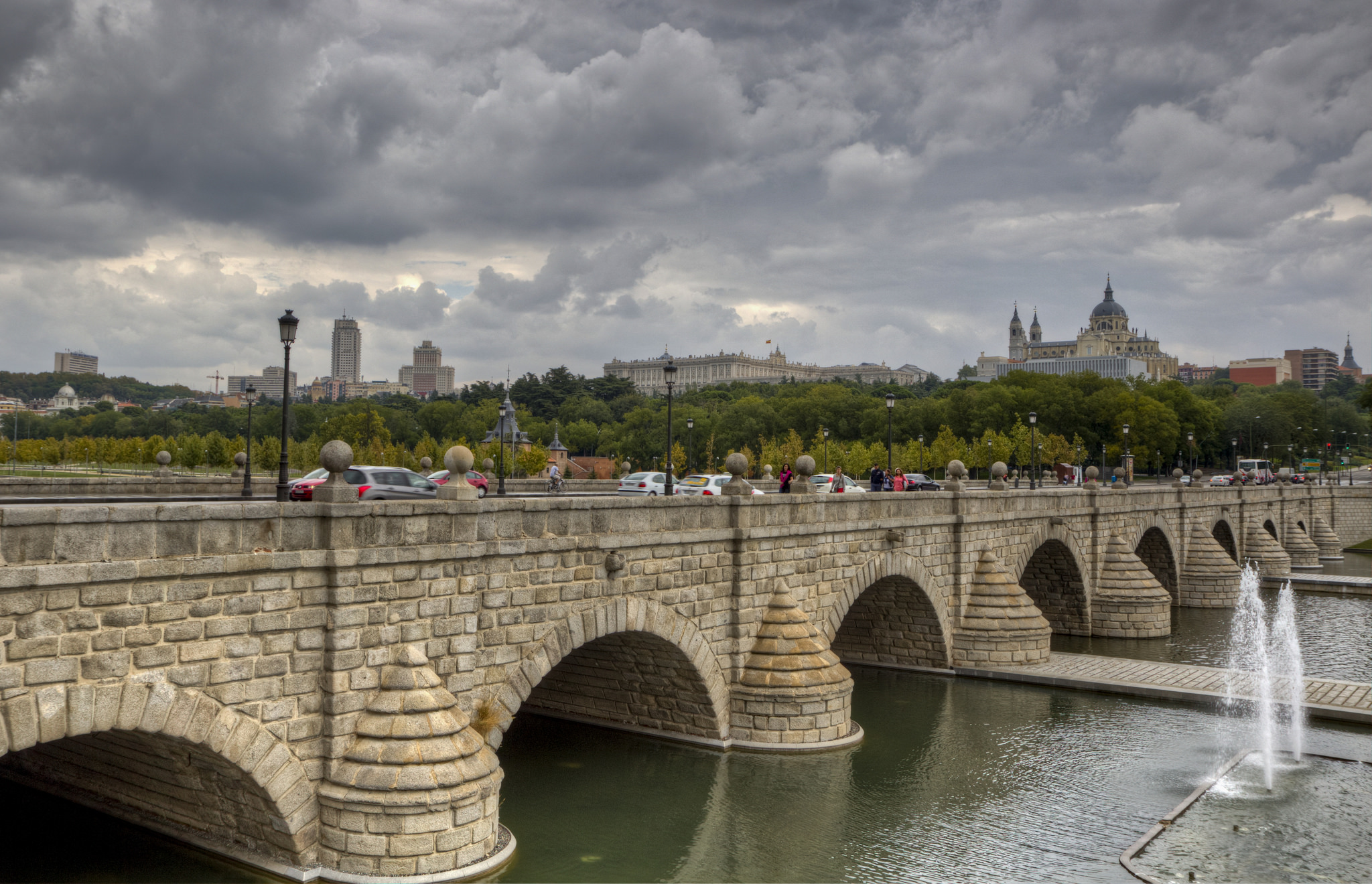When planning a vacation to Madrid, the bustling and historically fertile capital of Spain, it can often be a challenge to take in all of the sites and attractions you wish to see, even if your stay in the city is to be quite lengthy. The main reason for this is that Madrid, a city that seems to effortlessly blend the ancient with the modern, the conservative with the liberal, offers a wealth of sightseeing opportunities for everybody’s tastes, including historical monuments, splendid architecture, breathtaking natural scenery, delectable cuisine and an amazing nightlife, in which revelers often dance and party until dawn. However, if one of your main interests is architecture—particularly architecture that dates back several centuries—one of the sites you should seriously consider adding to your itinerary is the Puente de Segovia, the oldest bridge in the Spanish capital. To help you get a better feel for this historical wonder, below we have compiled a brief profile of the Puente de Segovia, including its history, design and the purpose it has served over its many, many years.
Puente de Segovia
Puente de Segovia, which translates literally to the Bridge of Segovia, is the oldest bridge in Madrid, standing as a symbolic act of union of the city’s past and present. The bridge has nine arches that span the Manzanares River, a river which runs along the western part of the city before turning east and crossing the southern neighborhoods. It is easily the most famous bridge that crosses this majestic river, a Renaissance-style bridge in the southern part of Madrid that is now open to pedestrians only and surrounded by gardens and fountains where passersby may sit, read and enjoy the Mediterranean sunshine.
The Puente de Segovia was commissioned in 1582 by then King Felipe II, who selected the Spanish architect Juan of Herrera to complete the task. Herrera was by then already an acclaimed building designer, with works to his credit that included Madrid’s El Escorial and Plaza Mayor and the Royal Palace of Aranjuez. The renowned architect gave to the design some of his hallmark stylistic features, such as the unique railing that surrounded the bridge and the detailed arch decoration in the form of stone bollards.
During the Spanish Civil war the Puente de Segovia was of critical importance to the two struggling sides, as it was one of the few main entrance passageways into the city. So important was the bridge, in fact, that during the middle portion of the war the Republicans actually blew up a portion of the Puente de Segovia in an attempt to prevent the Nationalists from advancing on the city and taking over the capital, where they could gain a significant advantage over their opposition.
The granite material Herrera decided on for the construction of the bridge, which obviously makes it extremely solid and durable, is representative of the era in which it was created, as most bridges today are now made using heavy steel and other long-lasting materials. Although its function has now been limited greatly in recent years, it continues to stand today as one of Madrid’s most beloved historical landmarks and a remembrance of the past.



